The transition from hibernation to active life is a critical period for any amphibian, and horned frogs are no exception. These fascinating creatures, known for their distinctive appearance and voracious appetites, require special attention as they emerge from their winter slumber. Unlike mammals that simply wake up and resume normal activities, horned frogs undergo physiological changes that demand careful monitoring and gradual adjustment to their environment.
As temperatures begin to rise in early spring, horned frogs will naturally start showing signs of awakening. This process shouldn't be rushed by artificial means, as their metabolism needs time to properly restart. You'll notice subtle movements first - perhaps a slight twitch of their limbs or the occasional blink of those remarkable eyelids. These initial signs indicate their body is beginning the slow process of returning to normal function after months of reduced metabolic activity.
Hydration becomes absolutely crucial during this delicate phase. While the frog may have absorbed some moisture through its skin during hibernation, it will likely be somewhat dehydrated. Rather than immediately placing the frog in deep water, start by misting the enclosure lightly to create a humid environment. This allows for gradual rehydration without shocking their system. Over the course of several days, you can introduce a shallow water dish, monitoring how the frog responds to increased moisture availability.
The digestive system of a horned frog coming out of hibernation isn't immediately ready to handle large meals. Their metabolism has been essentially shut down for months, and rushing this process can lead to serious health complications. Start with very small, easily digestible food items after about a week of being fully awake. Appropriate starter foods might include small crickets or mealworms that have been lightly dusted with calcium powder.
Temperature regulation plays a pivotal role in successful post-hibernation care. While it might be tempting to quickly warm up the enclosure to summer temperatures, this should be done gradually over the course of two to three weeks. Sudden temperature spikes can stress the frog's system and potentially cause health issues. Monitor your frog's behavior closely - if it seems lethargic or refuses to eat, the temperature adjustments might be happening too quickly.
During the first month after hibernation, horned frogs are particularly vulnerable to bacterial and fungal infections. Their immune system isn't operating at full capacity yet, making meticulous enclosure hygiene essential. Remove any uneaten food promptly, change water daily, and consider doing partial substrate changes more frequently than you would during peak summer months. Watch for any signs of skin discoloration or unusual behavior that might indicate health problems.
The length of the hibernation period can significantly impact how quickly your horned frog returns to normal activity levels. Frogs that experienced longer, colder hibernation periods will generally take more time to fully recover than those with shorter dormancy. Don't compare your frog's recovery timeline to others - each individual will have slightly different needs based on their specific hibernation experience and overall health condition prior to winter.
Behavioral changes during the awakening period can tell you much about your frog's condition. Some horned frogs become unusually active immediately after hibernation, while others remain quite sluggish for extended periods. Neither behavior is necessarily cause for concern unless accompanied by other worrying symptoms like weight loss or visible lesions. The key is to provide consistent, appropriate care and let the frog set its own pace for returning to normal activity patterns.
Lighting conditions should be adjusted gradually along with temperature changes. If you reduced lighting during hibernation, don't immediately return to full summer lighting schedules. Increase both duration and intensity over several weeks to simulate natural seasonal changes. This gradual approach helps regulate the frog's circadian rhythms and supports healthy hormone production as their body completes the transition to active status.
Veterinary check-ups are particularly valuable during the post-hibernation period. Even if your horned frog appears to be recovering well, a professional examination can identify potential issues before they become serious problems. Many experienced keepers schedule annual wellness exams for their amphibians during this transitional phase, as it's when underlying health conditions are most likely to become apparent.
The nutritional needs of horned frogs change significantly after hibernation. While they might eventually return to their typical hearty appetite, their bodies initially require different nutrient balances to rebuild tissue and restore organ function. Consider supplementing their diet with vitamins and minerals specifically formulated for amphibians recovering from brumation, and consult with a reptile nutrition specialist if you're unsure about the best approach for your particular frog.
Handling should be kept to an absolute minimum during the recovery period. The stress of being handled can compromise the frog's immune system and slow down their recovery process. Unless absolutely necessary for health checks or enclosure maintenance, allow your horned frog to regain its strength undisturbed. When handling is unavoidable, make sure your hands are clean, wet, and warm to minimize stress and prevent damage to their delicate skin.
Monitoring weight changes provides valuable insights into your frog's recovery progress. Weigh your horned frog weekly during the first month after hibernation, keeping careful records of any fluctuations. Some weight loss is normal during hibernation, but steady weight gain should begin within two to three weeks of awakening. If your frog continues to lose weight or fails to begin gaining after this period, consult with an amphibian veterinarian to identify potential health issues.
The substrate in the enclosure requires special consideration during this transitional time. While many keepers use various substrates during active months, post-hibernation horned frogs often benefit from simpler, more easily monitored bedding options. Paper towels or sphagnum moss can be ideal during the recovery phase, allowing for easy observation of waste products and quick identification of any abnormalities that might indicate health problems.
Patience is perhaps the most important virtue when caring for a horned frog emerging from hibernation. These remarkable creatures have evolved to follow natural seasonal rhythms, and attempting to rush their recovery can do more harm than good. By providing consistent, attentive care and allowing nature to take its course, you'll give your horned frog the best possible chance at a healthy, active season ahead.
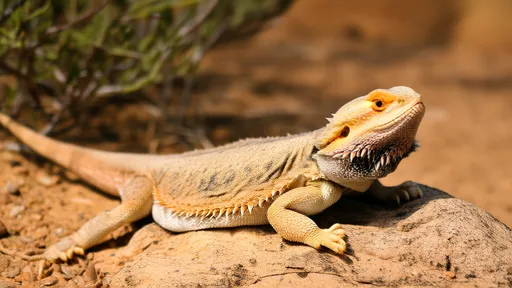
By /Jun 28, 2025

By /Jun 28, 2025
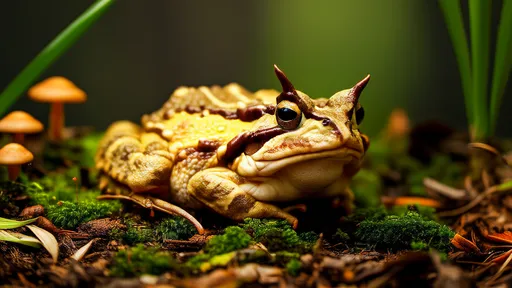
By /Jun 28, 2025

By /Jun 28, 2025
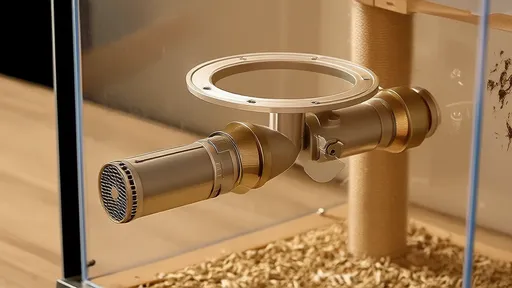
By /Jun 28, 2025
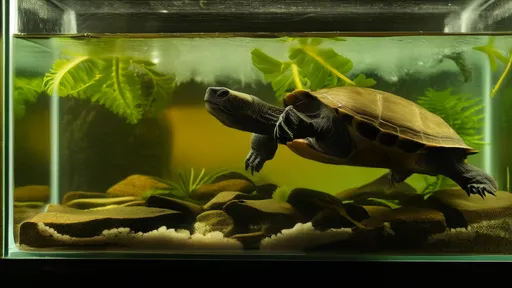
By /Jun 28, 2025
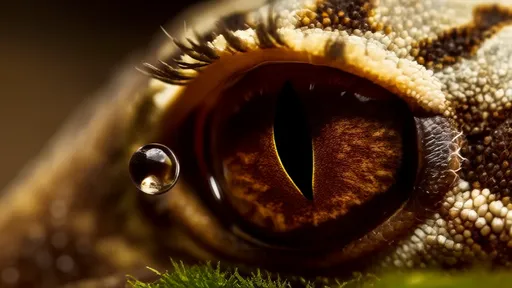
By /Jun 28, 2025
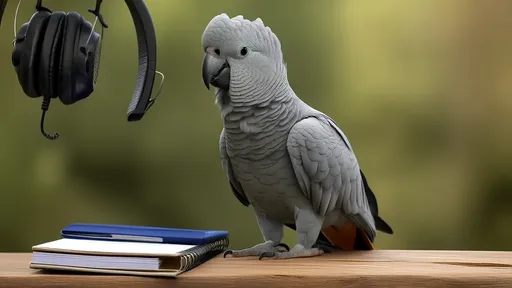
By /Jun 28, 2025

By /Jun 28, 2025
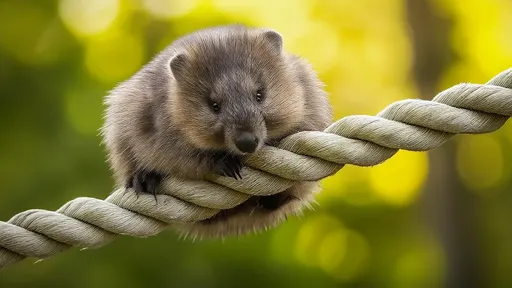
By /Jun 28, 2025
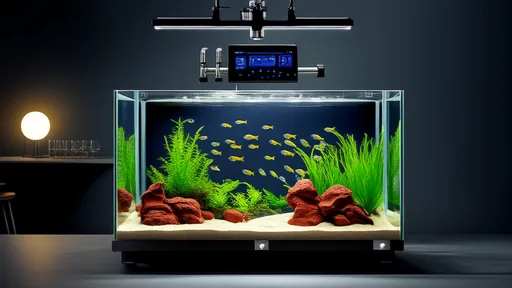
By /Jun 28, 2025
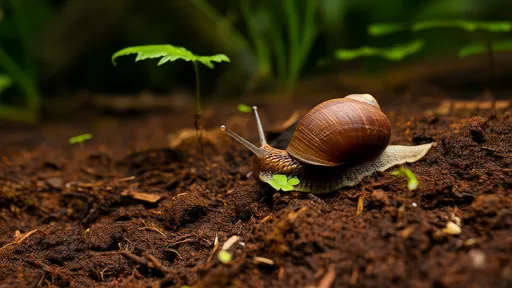
By /Jun 28, 2025

By /Jun 28, 2025
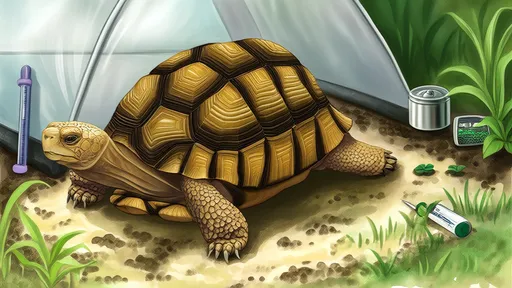
By /Jun 28, 2025
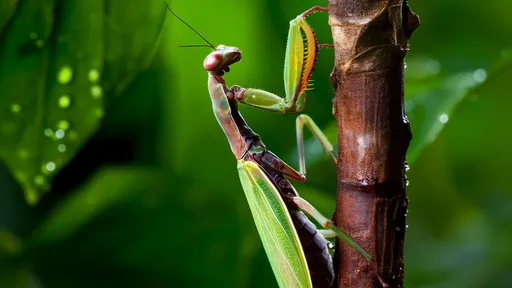
By /Jun 28, 2025
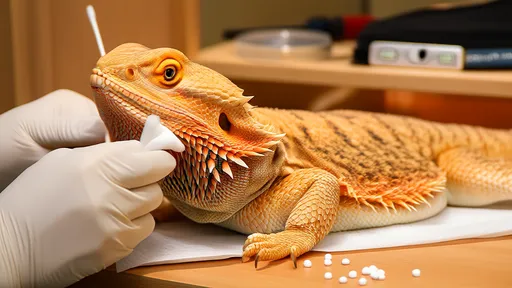
By /Jun 28, 2025
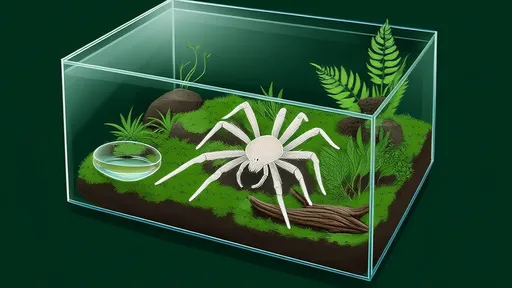
By /Jun 28, 2025